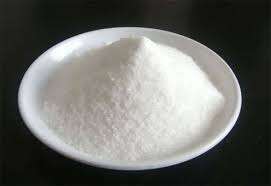dextrose-pris
Dextroseprisanalyse reflekterer markedets dynamikk for denne essensielle enkeltsukkeren, som hovedsakelig er avledet fra majsstivelse gjennom enzymatisk konvertering. Prisstrukturen omfatter flere faktorer, inkludert produksjonskoster, markedsefterspørsel og globale majsvarerpriser. Som et fleksibelt sammensetningselement brukes dextrose i flere industrier, fra mat- og drikkevaruproduksjon til legemidletilpassinger. Det nåværende markedet viser svungende priser påvirket av jordbruksinntekter, energikoster og effektivitet i forsyningkjeder. Industrielle kjøpere fokuserer særlig på bulkprisstrukturer, som ofte inkluderer trinnvise priser basert på volumforpliktelser. Moderne produsertechnologier har forenklet fremstillingsprosesser, potensielt påvirkende prisnivåer gjennom forbedret effektivitet. Markedsanalytikere følger dextrosepriser nøye, da de ofte korrelerer med bredere markedsutviklinger innen mattingredienser. Kvalitetsgrader, fra matvarer til farmasøytisk grad dextrose, stiller forskjellige prisnivåer, som speiler deres spesifikke anvendelser og rensningsnivåer. Regionale prisvariasjoner eksisterer grunnet lokale produsjonsevner, transportkoster og markedsefterspørselsdynamikk. Den globale natur av dextrosemarkedet betyr at internasjonale handelspolitikker og valutakurser også spiller avgjørende roller i prisfastsettelsen.


